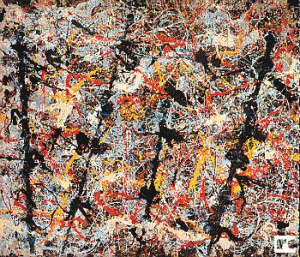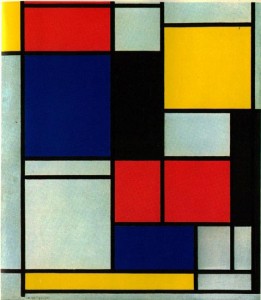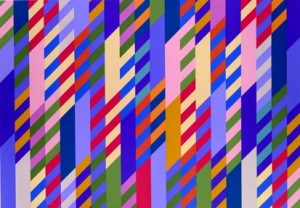CETIS has been funded by JISC to do some additional technical work relevant to the the UKOER programme. The work will cover three topics: deposit via RSS feeds, aggregation of OERs, and tracking & analysis of OER use.
Feed deposit
There is a need for services hosting OERs to provide a mechanism for depositors to upload multiple resources with minimal human intervention per resource. One possible way to meet this requirement that has already identified by some projects is “feed deposit”. This approach is inspired by the way in which metadata and content is loaded onto user devices and applications in podcasting. in short, RSS and ATOM feeds are capable, in principle, of delivering the metadata required for deposit into a repository and in addition can provide either a pointer to the content or that content itself may be embedded into the feed. There are a number of issues with this approach that would need to be overcome.
In this work we will: (1) Identify projects, initiatives, services, etc. that are engaged in relevant work [–if that’s you, please get in touch]. (2) Identify and validate the issues that would arise with respect to feed deposit, starting with those outlined in the Jorum paper linked to above. (3) Identify current approaches used to address these issues, and identify where consensus may be readily achieved.
Aggregation of OERs
There is interest in facilitating a range of options for the provision of aggregations of resources representing the whole or a subset of the UKOER programme output (possibly along with resources from other sources). There have been some developments that implement solutions based on RSS aggregation, e.g. Ensemble and Xpert; and the UKOLN tagometer measures the number of resources on various sites that are tagged as relevant to the UKOER programme.
In this work we will illustrate and report on other approaches, namely (a) Google custom search, (b) query and result aggregation through Yahoo pipes and (c) querying through the host service APIs. We will document the benefits and affordances as well as drawbacks and limitations of each of these approaches. These include the ease with which they may be adopted, and the technical expertise necessary for their development, their dependency on external services (which may still be in beta), their scalability, etc.
Tracking and analysis of OER use
Monitoring the release of resources through various channels, how those resources are used and reused and the comments and ratings associated with them, through technical means is highly relevant to evaluating the uptake of OERs. CETIS have already described some of the options for resource tracking that are relevant to the UKOER programme.
In this work we will write and commission case studies to illustrate the use of these methods, and synthesise the results learnt from this use.
Who’s involved in this work
The work will be managed by me, Phil Barker, and Lorna M Campbell.
Lisa J Rogers will be doing most of the work related to feed deposit and aggregation of OERs
R John Robertson will be doing most of the work relating to Tracking and analysis of OER use.
Please do contact us if you’re interested in this work.

![Monochrome bleu sans titre [Untitled blue monochrome], 1960](../../../../wp-content/uploads/sites/25/2011/02/yvesklein-232x300.jpg)


